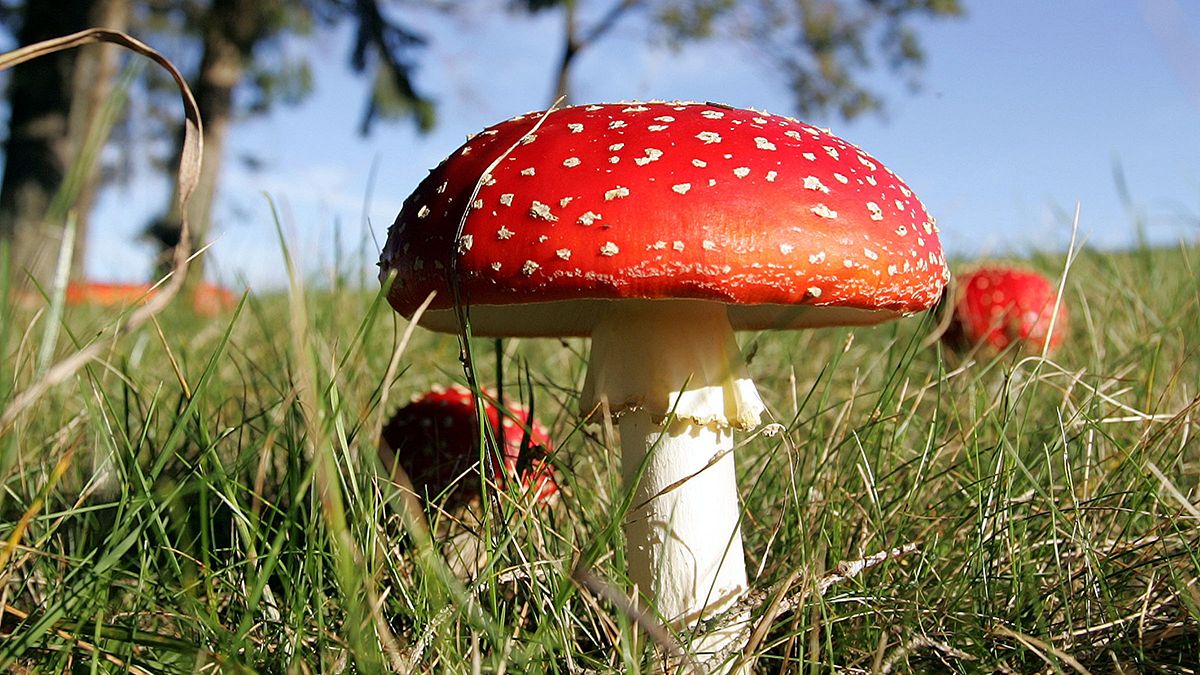Fungi specialists discover incredible and groundbreaking innovations across several domains
The incredible properties of mushrooms are being unearthed by mycologists with wide-ranging benefits in various fields from packaging to antibiotics, biofuels to ecological pesticides.
In 2006, a patent was granted to mycologist, Paul Stamets. The patent is perhaps the biggest threat the chemical pesticide industry has ever encountered and this is only one of a string of patents Paul has to his name.
realscientists</a> <br>I've always wanted to meet Paul Stamets.<br><br>I want to see him control ants wit fungi. <a href="https://t.co/t0aR3n7rNk">pic.twitter.com/t0aR3n7rNk</a></p>— Captain Hottub (CaptainHottub) July 8, 2016
‘I’ve always loved a good challenge and saving the earth is probably a good one’ says Stamets in his Ted Talks on the subject.
Statmets has discovered how to harness the properties of mushrooms to keep insects from destroying crops. They’ve been dubbed ‘SMART pesticides’. They provide a safe and almost permanent solution for controlling over 200,000 species of insects – and all thanks to the ‘magic’ of mushrooms.
I liked a
YouTube</a> video <a href="https://t.co/W1EJutpmyI">https://t.co/W1EJutpmyI</a> Paul Stamets on How Mushrooms Can Save Us from Ourselves</p>— Ellen Bourne (ellenwardle) August 22, 2016
Paul does this by taking entomopathogenic Fungi (insect-destroying-fungi) and engineering them to not produce any spores. In the absence of spores, insects that would normally steer clear of such funghi see it as food. But when they tuck into the SMART pesticide, they themselves transform into the mushroom from the inside out.
It sounds pretty gruelling but the invention has the potential to revolutionise the way crops are grown and managed. The existential problem of declining bee populations as a result of widespread chemical-pesticide use and the health problems associated with consuming chemical pesticides could be a thing of the past!
Controlling zoonotic disease vectors from insects using entomopathogenic fungi | http://t.co/Jl5jIBtXTupic.twitter.com/dA51iMt5XA
— Karen Y. Lo (@kareynlo) March 9, 2015
Other potentially revolutionary patents include, packs containing mycelium spores which lead to habitat restoration. When left in polluted areas, the funghi sanitise chemical, bacterial or even petrol-based pollutants allowing insects to thrive followed by birds and then plants. Once baron landscapes become ‘oases of life’!
Statmets reeled off several fascinating facts about mushrooms including that the biggest living organism in the world is a 2200-acre-mushroom in Oregon; that mushrooms were the first organisms to inhabit land and were the building blocks for life as we know it; and that mycelium produces mushrooms strong enough to burst through asphalt!
The largest living organism on earth is right here in Oregon. Can you name it? https://t.co/REOYZqyiwq via
OPB</a> <a href="https://t.co/mdLT8IkgDz">pic.twitter.com/mdLT8IkgDz</a></p>— EarthShare Oregon (EarthShareOR) November 14, 2015
‘These are gateway species, vanguard species that open the door for other biological communities,’ Statmet explains.
The next time you buy some Portobellos for dinner, spare a thought for how these organisms’ astounding properties might just save the planet.
